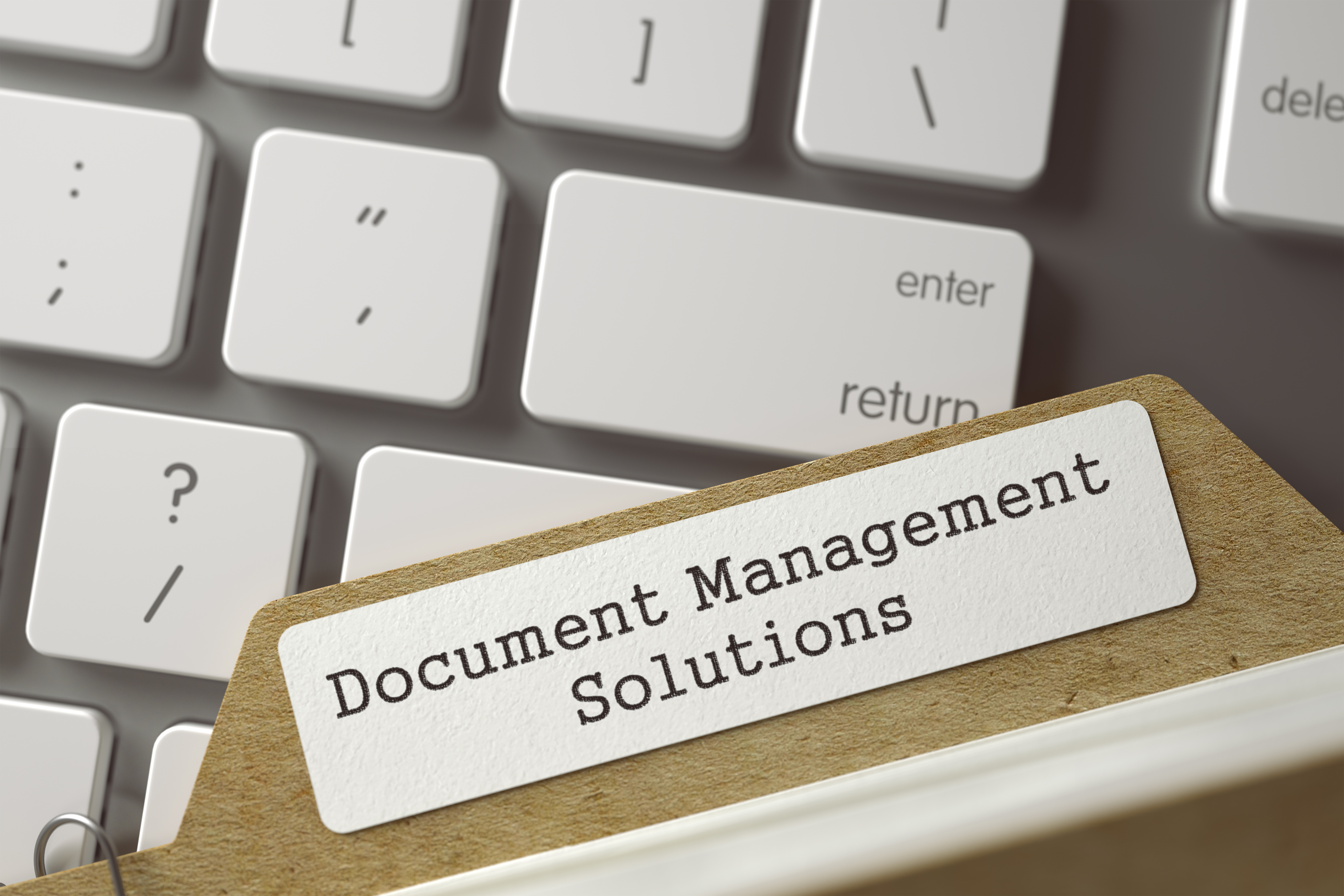- Folders
- Tyvek Envelopes
- Specialty Envelopes
- Custom Packaging
5 Disadvantages of a Paperless Office
Posted by Beagle Legal on Jun 2nd 2017

Today, many offices are going paperless to reduce costs and cut down on wasteful paper use. Although there are advantages of going “paperless,” it’s not always easy to make the transition. There are also hidden costs attached to digital file keeping. From security risks to data storage costs, going paperless isn’t right for every office; here are five specific disadvantages of going paperless:
1. Security, Security, Security
Data security: It’s the No. 1 concern for offices going paperless. Paperless offices share data via wireless or wired networks, which increases the risk for data breaches and security hacks. Increasingly, data is shared via the cloud which adds another layer of security risk. Security is especially important for medical & law offices because the documents and information being shared is often confidential and highly sensitive (HIPAA).
The costs of data security are two-fold. First, software must be installed that properly encrypts and secures the data. Secondly, the cost of backing up data plus ensuring that it is safely stored and accessible represents a major cost. Data security and storage platforms tend to bill monthly based on the volume of data that is being shared. For large offices, these costs can add up quickly.
2. Software and Data Storage Costs
Reducing paper within your office can represent real savings and free up storage space that was used for paper. Going paperless might also save on ink, toner, and paper, but there are costs associated with storing files digitally. Digital filing requires a variety of tools and hardware to manage effectively and securely.
For example, software management tools are often required for establishing an effective filing system, with one-time and recurring payment options available. Additionally, data storage and security is another cost consideration. Security platforms and data storage are necessary to keep documents readily available and protected from breaches and often these solutions are priced with monthly, recurring fees. Finally, if your office utilizes dated hardware and networking solutions, the costs of upgrading the network to enable high-bandwidth data transfer are another disadvantage.
3. IT Expertise Required
Integrating data platforms into an existing operation requires in-depth IT knowledge. Although there are plug-and-play options, the majority of enterprise data management solutions aren’t DIY installation projects. Plus, the data system must be protected, and often, encryption and data security technology integration isn’t a project for non-tech-savvy employees.
If your office employs an IT professional, this might be less of a concern. For smaller operations without a dedicated IT staff, hiring a systems integrator or IT consultant to design, deploy, and integrate a data management platform can be costly.
4. Training Costs
Rolling out new technology requires an investment of time and resources; not only to install, but to properly train employees. Training is critical for the success of paperless filing, as each employee will likely need to utilize the system. This can be costly to undertake.
Whether your office uses an IT consulting firm to train employees, or if your IT department must find time to train staff, resources must be invested upfront to get everyone on the same page. Additionally, as technology evolves, additional training is required to help employees understand new processes and features. Plus, your office will need to train employees on data safety protocols and the new filing framework.
5. Health Concerns
Although this is not a dollars-and-cents cost, digital file sharing means employees will be required to stare at computer screens for longer. Studies have shown that eye-strain can develop and vision can deteriorate.
Going paperless and integrating cutting-edge technology into your law office can help streamline workflows and improve your efficiency. Yet, although going paperless looks good on paper, rolling out a secure, robust, and reliable data platform can be costly and time-consuming. Before going paperless, it’s important to consider the costs and develop a plan for integrating a digital platform into your operation.
